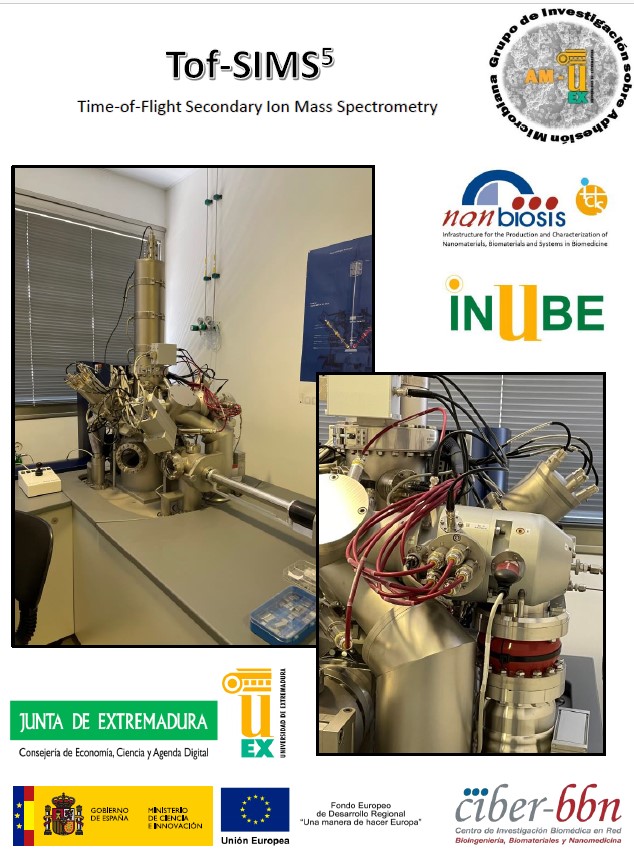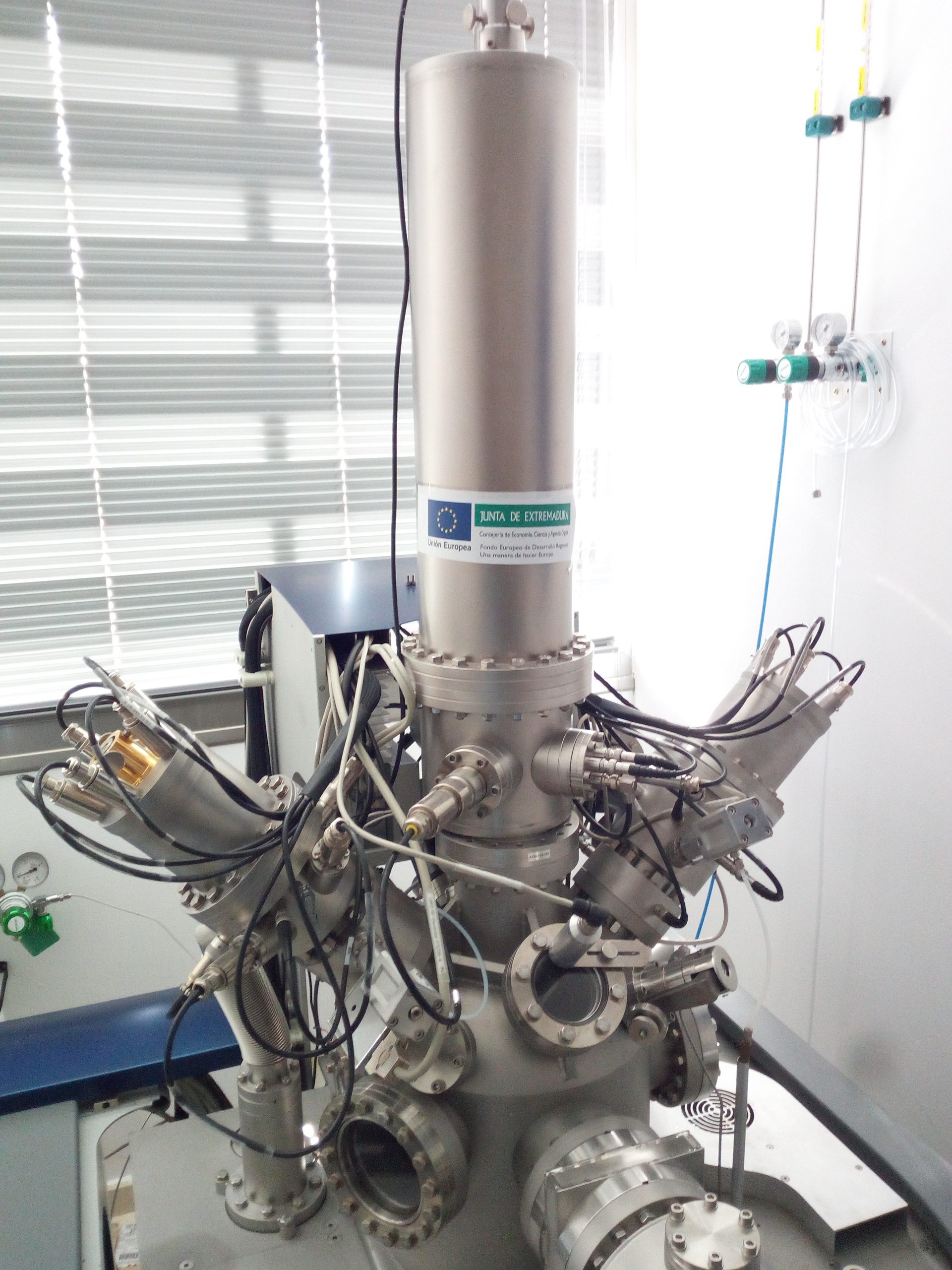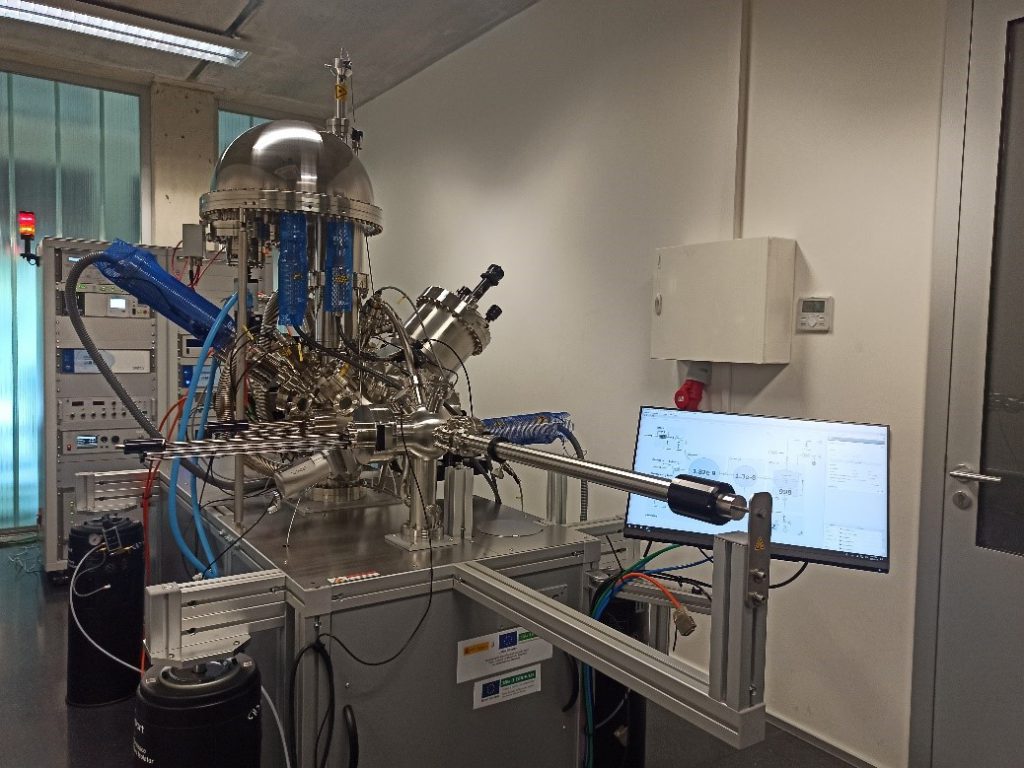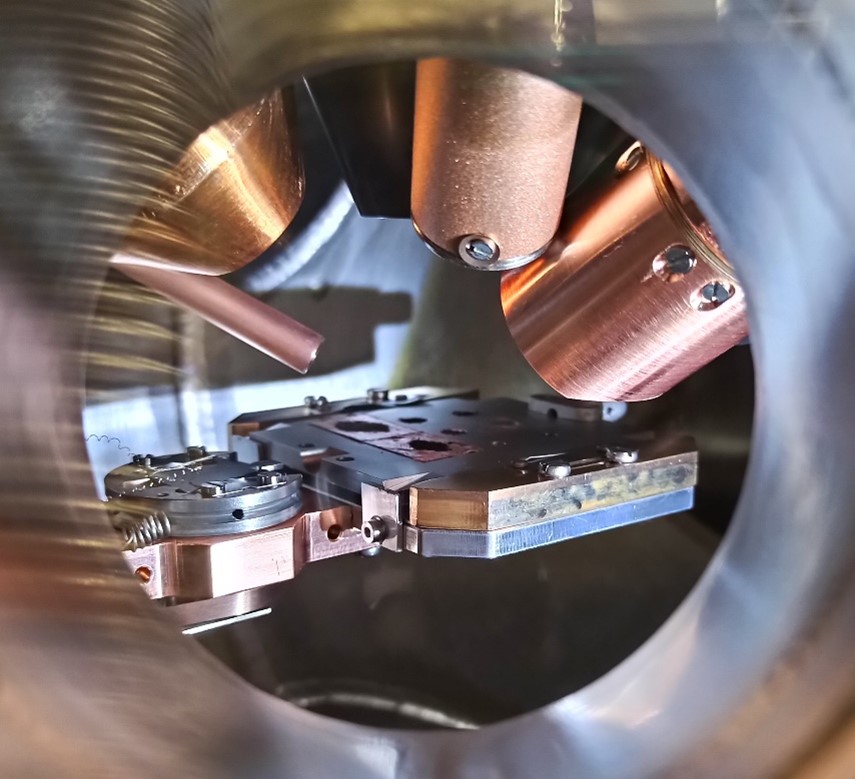U17-S01. Confocal Microscopy Service
Confocal Microscopy Service
The Confocal Microscopy Service offers the possibility of making optical section of samples and enabling their three-dimensional reconstruction, which allows their visualization in high resolution with exceptional clarity and detail.
The unit is equipped with a Leica TCS-SP5 confocal microscope. The confocal module is equipped with three spectral detection channels, AOBS (Acousto-optical beam splitter) and a resonant scanner system that allows analysis at high speed and resolution and makes possible the analysis of dynamic in vivo physiological processes in short periods of time, significantly improving the survival of living biological samples by shortening the exposure times to lasers. Includes 1 argon laser, 1 He/Ne laser, 1 DPSS laser diode and 1 violet excitation laser. The microscope is coupled to a cell incubation kit that allows multi-position time lapse experiments. The equipment includes a workstation and four software for acquisition and analysis, which allow 3D visualizations, co-location studies, FRAP (Fluorescent Recovery after Photo-bleaching), FLIP (Fluorescent Loss in Photobleaching) and FRET (Fluorescence Resonant Energy Transfer). The equipment allows 3D characterization in detail of living cells and tissues through the use of different fluorochromes, expression and localization of molecules in 2/3D, colocalization and interaction of proteins or other types of molecules; endocytosis and intracellular transport, in situ hybridization with fluorescent probes, interaction studies between cells and materials, etc.
The unit provides researchers with a wide array of routine and specialized services as well as the latest advances in microscopy, including technical and scientific support to scientists for the study of cell/tissue biology, physiology and pathogenesis of diseases. Overall, the Confocal Microscopy Service serves as a valuable tool to advance scientific research and understand complex biological systems at the cellular and molecular level.
Customer benefits
Confocal microscopy is useful in biomedical science, cell and molecular biology and physiology for visualizing subcellular organelles, cellular interactions, disease mechanisms, co-localization studies, analysis of gene expression or in vivo and real-time experiments using markers or fluorescent fusion proteins.
Also, in tissue engineering and materials science, confocal microscopy enables surface morphology characterization, and material properties.
Confocal Microscopy Service offers specific advantages to customers by providing high-resolution imaging and adding value through access to advanced instrumentation and expertise. It becomes essential for organizations involved in Research and Development across various sectors, enabling them to advance scientific understanding, accelerate innovation, and drive discoveries that have social impact.
Target customer
The Confocal Microscopy Service becomes essential for organizations involved in Research and Development in various scenarios:
- Biomedical Research Institutes: This service can be useful for research institutions focused on the study of cellular and molecular mechanisms underlying different diseases, allowing to visualize pathological changes, identify biomarkers and investigate possible therapeutic targets. Additionally, it allows researchers to study disease progression, evaluate drug efficacy, and develop new treatment strategies.
- Pharmaceutical Companies: Confocal microscopy can be used by drug development companies to evaluate the effects of these drugs on cellular function.
- Academic Laboratories: Confocal microscopy can be useful for researchers in diverse fields of biology, including neuroscience, developmental biology, and cancer biology, to explore fundamental biological processes and generate novel scientific insights.
References
- Benito-Martínez S, Pérez-Köhler B, Rodríguez M, García-Moreno F, Gómez-Gil V, Pascual G, Bellón JM. Antibacterial Biopolymer Gel Coating on Meshes Used for Abdominal Hernia Repair Promotes Effective Wound Repair in the Presence of Infection. Polymers (Basel). 2021;13(14):2371. doi: 10.3390/polym13142371.
- Sánchez-Esteban S, Castro-Pinto M, Cook-Calvete A, Reventún P, Delgado-Marín M, Benito-Manzanaro L, Hernandez I, López-Menendez J, Zamorano JL, Zaragoza C, Saura M. Integrin-Linked Kinase Expression in Human Valve Endothelial Cells Plays a Protective Role in Calcific Aortic Valve Disease. Antioxidants (Basel). 2022. 11(9):1736. doi: 10.3390/antiox11091736.
- Campillo S, Bohorquez L, Gutiérrez-Calabrés E, García-Ayuso D, Miguel V, Griera M, Calle Y, de Frutos S, Rodríguez-Puyol M, Rodríguez-Puyol D, Calleros L. Indoxyl sulfate- and P-cresol-induced monocyte adhesion and migration is mediated by integrin-linked kinase-dependent podosome formation. Exp Mol Med. 2022;54(3):226-238. doi: 10.1038/s12276-022-00738-8.












